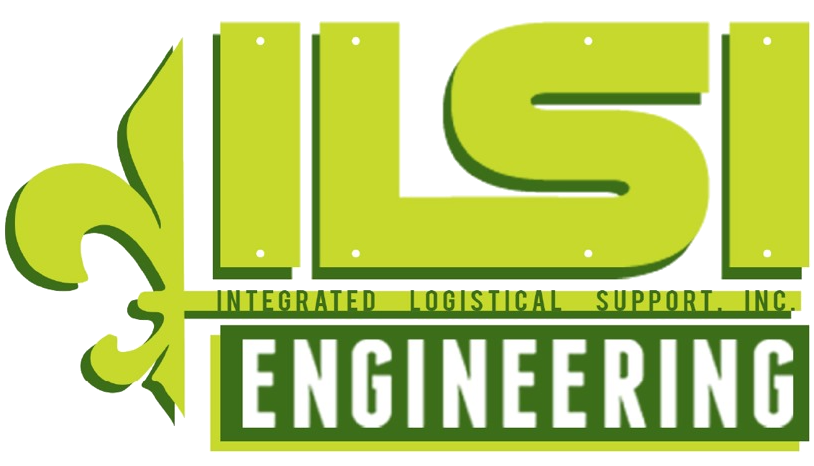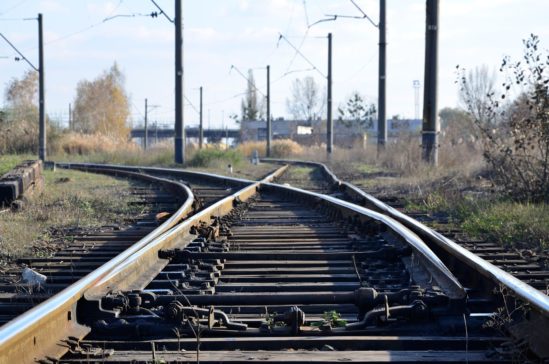Civil Engineering Firms Optimistic About Proposed Revival of New Orleans-Orlando Rail Line
Homes weren’t the only victims of Hurricane Katrina—New Orleans’ infrastructure was heavily devastated as well. One of these casualties is the New Orleans-Orlando rail line, a vital route that connects the two cities.
However, according to Amtrak and other officials, there are plans to reconnect the daily service passenger train more than a decade after Katrina damaged the railroad tracks. This announcement gives further momentum on the plans to resurrect the line. In 2015, Congress authorized a $500,000 study on the best way to re-launch the line.
The study found that it made the most economic sense if Amtrak’s trains traveled to Orlando daily, while making pit stops at Mobile, AL, Tallahassee, and Jacksonville, FL.
A Welcome Proposal
As expected, rail advocates praised the news and highlighted the need to further promote the national rail system. Fortunately, it seems like the conditions are right for the revival of the Orlando-New Orleans line.
According to a report from Forbes, the transport industry has entered a “second rail boom.”
For instance, Union Pacific, one of the largest rail companies in the world, saw their weekly loading increase from 130,000 to 180,000, which helped them net record earnings each quarter since 2010.
This boom doesn’t just affect any one rail company. Industry-wide, revenues have increased by 19% since 2009, while creating 10,000 new jobs in the process. With this unprecedented growth rate, one would wonder about the things that make railroad systems experience such success.
Technological Advances Boost Train Speed
Leaps in technology have allowed for faster construction and delivery of railroad systems. In short, advances in engineering are allowing companies to design and execute rail systems faster than their forebears during the first rail boom could ever comprehend.
A Need to Reduce Costs and Carbon Footprint
Another crucial factor in the railroad renaissance is the high cost of diesel. In many ways, this factor is forcing traffic off the country’s roads and onto the railways. This is perhaps the most important benefit of public transport systems such as railroads: by moving hundreds of people and goods each trip, the overall cost of transportation is brought down.
Corollary to this, mass transport systems are an effective way of curbing a city’s carbon footprint. Data from the Bureau of Transportation Statistics reveals that passenger rails are 30%-40% more energy efficient than vehicles or airlines. What’s more, advances in engine technology are making it even more efficient. While a majority of trains are still powered by diesel, more have transitioned into electric engines. Such engines make for quieter rides and lesser pollutants.
Convenience and Reliability
Since trains help bridge the distance between two locations, they also provide would-be tourists to New Orleans and Orlando a more convenient way of reaching their destination. A key advantage in this regard is that trains have fixed lines and do not have to navigate traffic the way other mass transport options do. Traveling by train is often faster than traveling via highways, especially during rush hour.
Last but not the least, train transport is one of the most reliable modes of transportation. Data from the American Bureau of Transportation Statistics show that trains arrive on time 79.7% of the time—a boon for people who travel between Orlando and New Orleans daily. Furthermore, train schedules are less likely to be affected by weather patterns. In contrast, bad weather can delay flight schedules, causing much consternation to passengers.
Back to Basics
Of course, a railroad system is a considerable investment for both Amtrak and the state. To make the project a success, they need to consult trusted civil engineering firms on how best to approach the project. They also need to talk to other stakeholders, such as the citizens and local government officials to ensure that everyone’s best interests will be served.
Sources
Passenger rail advocates say ‘it’s way past time’ to restore New Orleans-Orlando service, NOLA.com
All Aboard: Why America’s Second Rail Boom Has Plenty Of Room To Run, Forbes.com
Advantages and Disadvantages of Rail Transport, EconomicDiscussion.net












